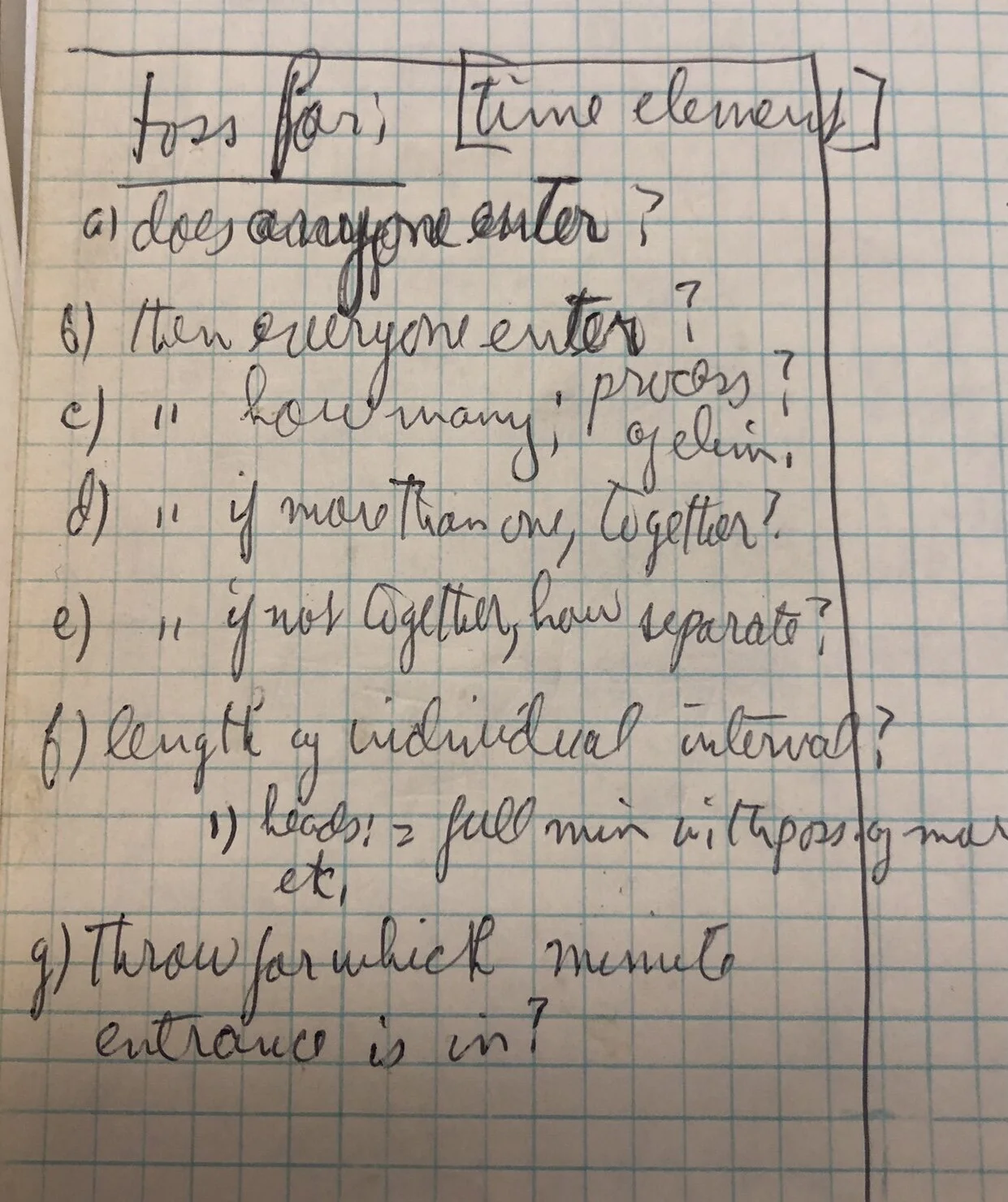MerceDay 8: the choreographer and chance operations
MerceDay 8. Few aspects of Merce Cunningham’s choreographic process are more misunderstood than his famous use of chance. He did not want his dancers to improvise; he did not want collisions. (John Cage sometimes called choreography the art of keeping dancers from bumping into one another.) He wanted instead to free himself from the dictates of his own instincts, and to make work that reflected something larger than, and in addition to, his own ideas. By shaking dice or tossing coins or using the I-Ching, he found himself in contact with forces much larger than those of his own mind. He was not new in this: visual artists and musicians in New York Public were already using chance procedures, and Cunningham, despite his resistance to psychoanalysis as a subject for dance, was impressed when he found that Carl Jung had written a foreword to a new edition of the I-Ching.
Cunningham liked to let chance affect his process differently in each work. Sometimes it affected his use of stage space, sometimes his choice of body parts, sometimes his arrangement of the sections of each work. This page (“Toss for...”) from one of his 1950s notebooks shows him writing out, in advance, as he so often did, the list of questions he would let change decide for his next work. The list was different each time.
Friday 16 April
